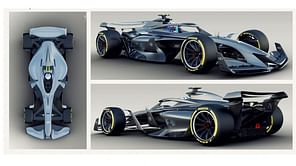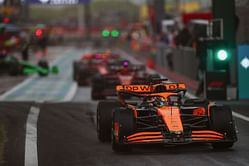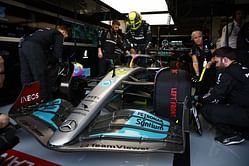The 2022 engine rules have not changed much since the 2021 overhaul. In 2021, the FIA mandated that the 1.6 litre V6 engine would run at 3000-4000 RPMs higher to improve the sound. Many F1 fans were disappointed with the engine noise produced by the current cars, especially compared to the maddening sounds from the V8 era. Another major parameter was, as described by the FIA, “a plug and play engine/chassis/transmission swap capability.”
In order to simplify the complexity of the internal combustion engine, the MGH-H was removed; the MGU- K was made more powerful with the focus on manual driver deployment of additional power similar to the KERS unit which saw its light fading away with the introduction the hybrid cars in 2014.
For 2022, the FIA decided to add more standard components in the fuel system, as well as some additional sensors to allow the FIA to better monitor the power units.
The biggest change in the 2022 F1 engine rules comes in the form of the fuel used. Current specifications mandate cars to run fuel containing 5.75% bio-components. For 2022, the number will rise to 10%. Teams will move to the dubbed “E10 fuel,” where E stands for Ethanol and 10 stands for the its percentage in the fuel mix.
The ethanol is required to have a near-zero carbon footprint. It should classify as a second-generation biofuel made sustainably.










